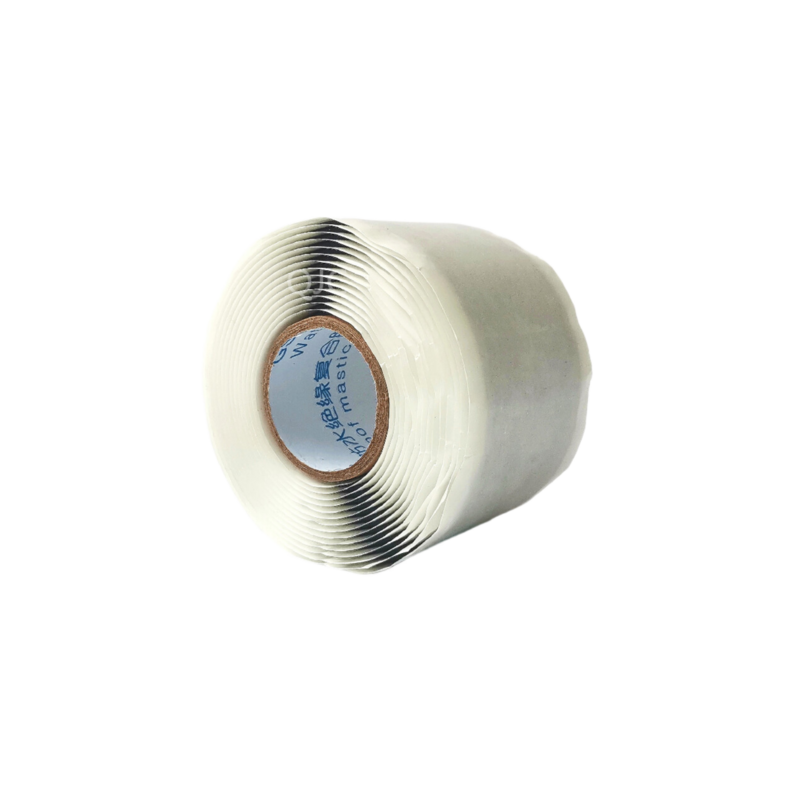Understanding Heat Tape A Vital Electric Tool for Temperature Management
Heat tape, also known as heat trace, is an electrical heating element used to prevent freezing, maintain temperature, and protect sensitive equipment in various applications. This innovative tool has gained popularity across multiple industries, including construction, agriculture, and residential use, primarily due to its efficiency and adaptability.
Understanding Heat Tape A Vital Electric Tool for Temperature Management
Heat tape operates using electrical resistance. As electricity flows through the heating cable, it generates heat that is transferred to the surface it's in contact with. There are two main types of heat tape self-regulating and constant wattage. Self-regulating heat tape adjusts its heating output according to the surrounding temperature, making it a more energy-efficient option. It reduces heat output as ambient temperature rises and increases it as the temperature drops. On the other hand, constant wattage heat tape provides a steady level of heat output regardless of temperature fluctuations. This type may be suitable for applications requiring consistent heating.
heat tape electric

Installation of heat tape is relatively straightforward, but it is crucial to follow the manufacturer’s guidelines to ensure optimal performance and safety. Users should clean the surface where the heat tape will be applied, ensuring good contact for effective heat transfer. Furthermore, the tape can be secured with electrical tape or insulation, reducing heat loss and improving efficiency.
One significant advantage of heat tape is its versatility. It can be used in various scenarios, from protecting plumbing systems in homes to safeguarding equipment in commercial settings. In agriculture, heat tape plays a crucial role in maintaining optimal temperatures in greenhouses and preventing plant damage during cold snaps. This versatility extends to different materials and locations, including metal, plastic, and even roofs, where it can prevent ice dam formation.
In recent years, the technology behind heat tape has evolved, integrating smart technology and features that allow users to monitor and control settings via mobile devices. This innovation has made heat tape systems not only more efficient but also user-friendly, as homeowners can adjust settings remotely.
In conclusion, heat tape is a vital electric tool that helps manage temperature and prevent freezing in a variety of applications. Its ability to effectively maintain heat in critical areas makes it indispensable for homeowners, farmers, and industrial operators alike. As technology continues to advance, heat tape systems are expected to become even more efficient and accessible, ensuring that users can protect their property and assets from the detrimental effects of cold weather. With proper installation and usage, heat tape can provide peace of mind and significant savings in maintenance and repair costs.
-
XIANGFAN Rubber Tape-Ultimate Solutions for All Your Insulation NeedsNewsJun.24,2025
-
XIANGFAN Rubber Tape-Protection for Industrial and Residential ApplicationsNewsJun.24,2025
-
XIANGFAN Rubber Tape: Superior Safety and Sealing for Demanding EnvironmentsNewsJun.24,2025
-
XIANGFAN Rubber Tape: Reliable Solutions for Every Electrical ChallengeNewsJun.24,2025
-
XIANGFAN Electrical & Industrial Tape: Powering Reliability Across IndustriesNewsJun.24,2025
-
XIANGFAN Electrical & Industrial Tape: Excellence in Every ApplicationNewsJun.24,2025
